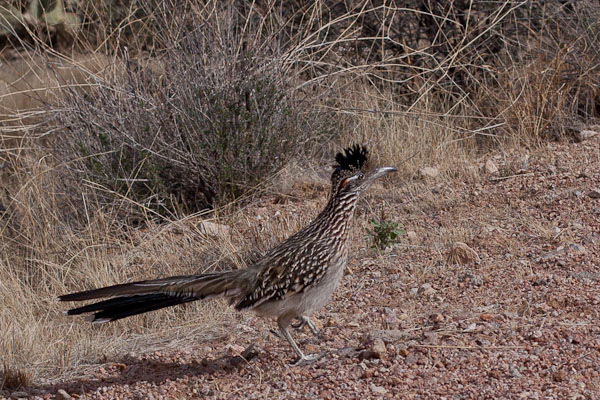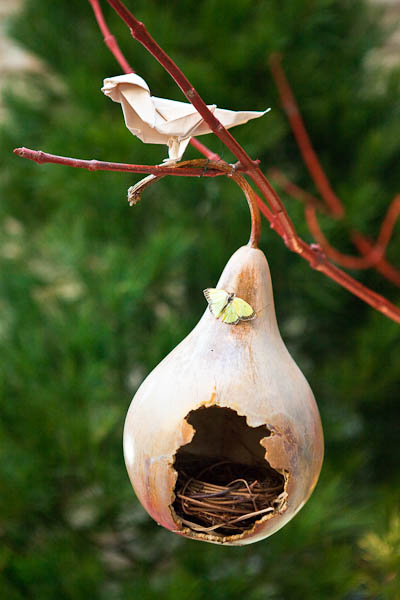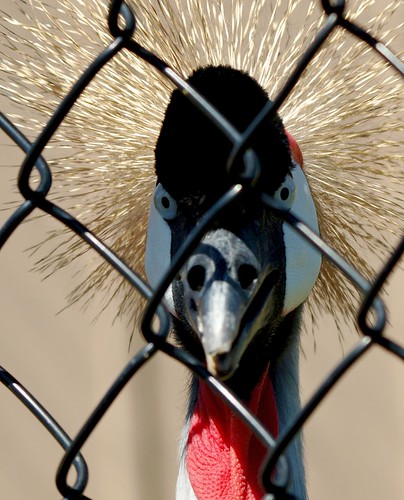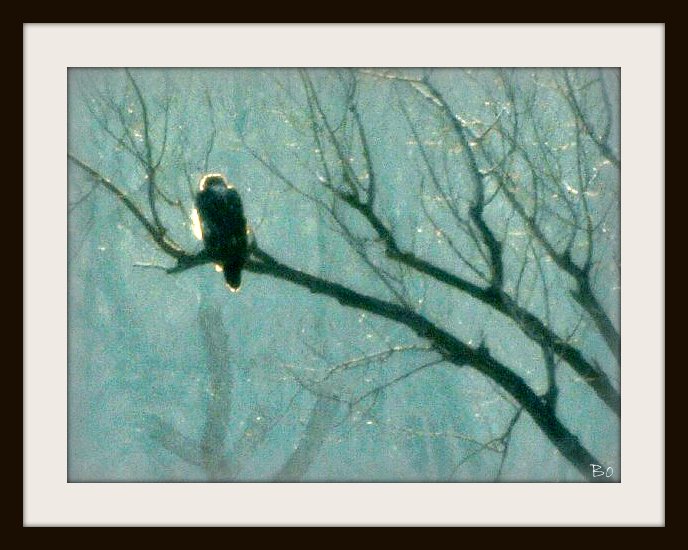
Tramadol Sale Online Uk Backyard Roadrunner © 2012 Bo Mackison
“Now then, I can easily understand why it should puzzle you that a person of my intelligence, I.Q. 207 super genius, should devote his valuable time chasing this ridiculous road runner, this bird that appears to be so skinny, scrawny, stringy, unappetizing, anemic, ugly and misbegotten. Ah, but how little you know about road runners. Actually, the road runner is to the taste buds of a coyote, what caviar, champagne, filet mignon and chocolate fudge are to the taste buds of a man.” Wile E. Coyote
Tramadol Cheapest Online Last year, when I wrote about seeing roadrunners in my Arizona backyard, Joanne Keevers left a comment and said she wanted to see what a roadrunner looked like since there were no roadrunners in Australia, and would I please take a photograph if I got the chance. Well, it’s taken me almost a year to see a roadrunner within camera range, and even this guy nearly escaped without me getting a photo. You can tell he is running away from me as I snap his portrait.
https://www.circologhislandi.net/en/conferenze/Purchase tramadol without prescription Funny thing, before I reached for my camera, he walked to within ten feet of me and then stared at me, almost cocking his head as if to say, “You want something, lady?” Even while I had my camera in hand, checking the settings, he stood quite still. But as soon as I lifted the camera to my eye and began pressing the shutter, he took off at a brisk pace.
He did not run. He merely walked off in a bit of a hurry. I don’t think road runners do much running, but they are quick of movement. They are one of the few creatures that can kill a rattlesnake.
So, Joanne, here is a roadrunner photo for you — with best wishes to you from Arizona to Australia.
————
Bo Mackison is a photographer and owner of Seeded Earth Studio LLC. She enjoys watching the variety of birds in her backyard arroyo. And once in a while, she even gets a bird photo!









